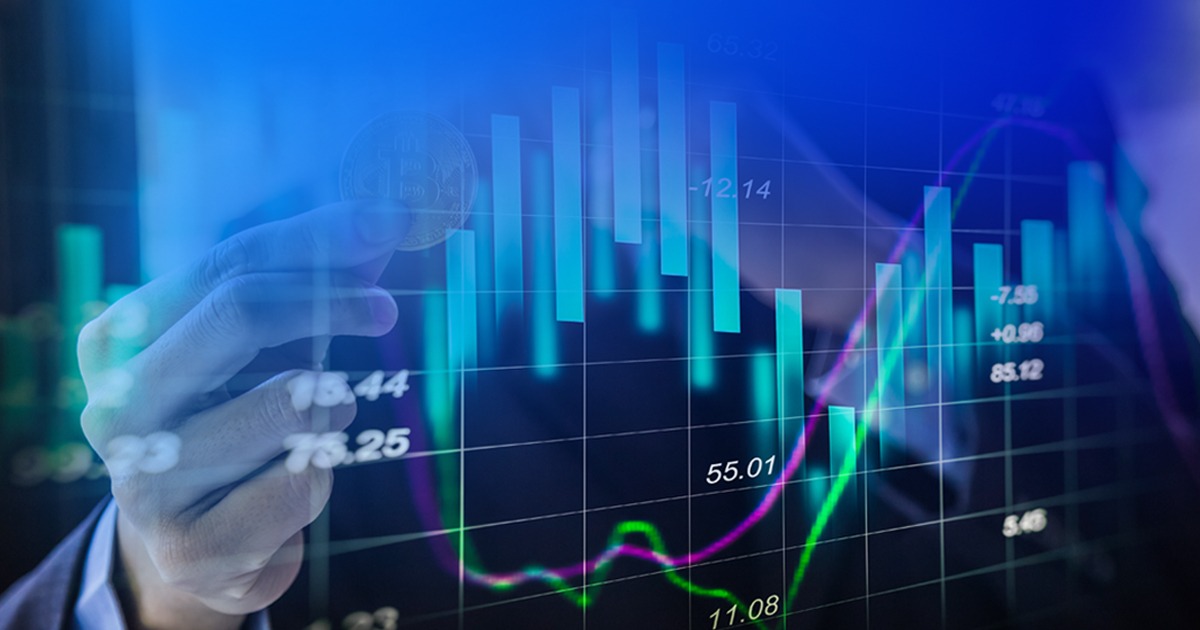Within capital markets, companies raise funds and investors trade securities. Two sub-categories exist: primary and secondary markets. How these markets function impacts security token investments. Let’s see them, specifically. The two markets influence one another. The primary relies on future liquidity from secondary. Traders in secondary need steady new securities from primary market firms. They form a linked system for business investment and shareholder wealth.
Primary Market
The primary market is where companies create and make securities available to the public for the first time. Generally, the objective of the primary market is to raise funds from the company offering the security in order to meet the long-term capital requirement.
Issues can take various forms such as crowdfunding or IPO or, in the case of using a Blockchain to eliminate bureaucracy while following the principles of transparency and security, STO.
Thus, the primary market provides funding to both new and old companies for their expansion and diversification, even though companies can only sell the securities once.
Secondary Market
In the secondary market, investors trade securities like shares, bonds, options and treasury bills among themselves. These securities already exist rather than being newly issued.
Most important in the secondary market, investors trade securities between each other. They do this to sell existing securities without the companies being involved.
At times, companies may do a secondary offering to raise more money. But investors trading existing securities plays the bigger role in the secondary market than new offerings.
The secondary market facilitates the liquidity and marketability of existing securities. It also ensures true and fair trading to protect the investor’s interes
Security tokens and differences between the two financial market
As previously stated STOs can be positioned at different stages of the corporate life cycle.
Only the launch phase foresees the emission of new security tokens, therefore, re-entering the primary market. All the other phases, instead, occur in the secondary market.
In general, as for any other security token, the security tokens live in the same way the difference between primary and secondary market.
Here are some key differences:
-
prices: companies issue security at a fixed price in the primary market, while in the secondary market, the price of security varies according to supply and demand;
-
place of purchase: in the primary market, investors can purchase security directly from the company, while in the secondary market, investors buy and sell the securities to each other on dedicated platforms;
-
beneficiaries: in the primary market, it is the company that benefits from the sale of the securities, while in the secondary market, it is the investor;
-
number of sales: in the primary market, the securities can be sold only once, while in the secondary market, trading on the securities can take place an infinite number of times.
Conclusion
Capital markets move funds to fuel the economy, even for security tokens. Direct funding connects firms to backers in the primary market. Secondary trading then lets brokers help investors after. Through asset tokenization, EDSX becomes an exchange for security tokens. It aids companies and supporters in early fundraising goals. It also helps later on with increased funds in the secondary market.

Based in Zug, the platform is fully compliant with all Swiss laws related to financial intermediaries, banking, anti-money laundering, and organized trading facilities. Among its core values, there are innovative solutions through blockchain technology, which ensures security and liquidity.
EDSX is the first platform in Europe with primary and secondary markets for both institutional and retails. EDSX is a pioneering platform that employs the world’s leading technology to globally list security tokens in both primary and secondary markets, listing digital securities of real financial instruments to the public with a decentralized peer-to-peer exchange. Our goal is to fully engage every aspect of the financial revolution.
Do you have a question for us?
Send your query here:
[email protected]

